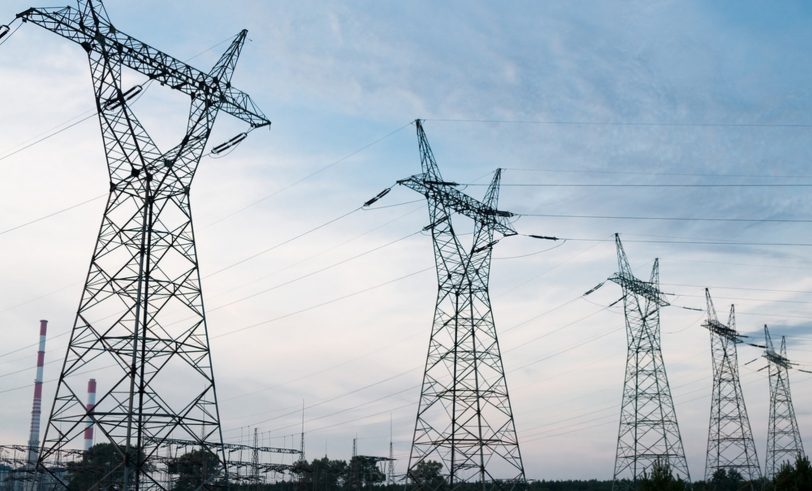In recognition of Missouri’s first “Clean Energy Week,” let’s take a look at an energy challenge in Missouri that affects all types of energy sources in Missouri, clean and traditional alike.
A basic challenge for electricity generation in Missouri is a lack of transmission capacity. Electricity must be transmitted via wires from where it’s generated to where it’s used. But these transmission wires can only carry so much electricity at once, and carrying too much power will fry the wires. Large parts of Missouri’s grid infrastructure (and the larger regional grids it participates in) are too congested to accommodate all the electricity generated today, let alone have room for new projects. Take a look at this map. The map is a little confusing at first glance, but the blue, green, and yellow represent regions that can handle more electricity on their transmission lines, whereas the grid is already overloaded in the orange, red, and brown regions. How much more or less electricity transmission lines can handle can be seen in the map legend, with dark blue able to carry the most additional electricity and dark brown being the most overloaded.
Building new transmission capacity can help solve this problem. Transmission lines owned by public utilities are open to be used, for a fee, by any power generator. Since 1996, this “open access” practice has been required by the Federal Energy Regulatory Commission (FERC), the agency responsible for overseeing interstate power transmission.
Increased transmission capacity can help the integration of new power plants. It also aids in overall economic development by increasing the ability of cities to access the electricity needed for growth, as well as the incorporation of new energy sources like small modular nuclear reactors and distributed generation.
Missouri needs more transmission capacity, and injecting competition to the construction process, which was started with FERC Order 1000 in 2011, can bring real cost-savings benefits for new construction. The process of building new transmission lines begins when the grid operator declares the need for more capacity to meet electric demand. However, states and grid operators have used project classification loopholes to allow incumbent utilities a competition-free bidding process to construct transmission lines. Even small competitive reforms to tighten these rules can have a big impact. A study from the Brattle Group found that the winning bids in competitive transmission projects were 40 percent less expensive than original estimates, whereas noncompetitive projects ended up costing 34 percent more than the original estimate.
Transmission capacity is necessary for delivering electricity from power plants to homes and businesses, and expanded transmission capacity is vital for Missouri’s economic growth. As Missouri sets its sights on revving up the economy after Covid-19, building more transmission capacity can help get Missouri to where it wants to be.


